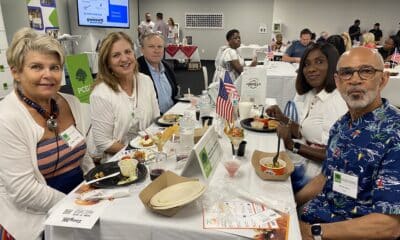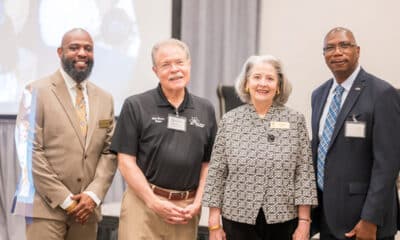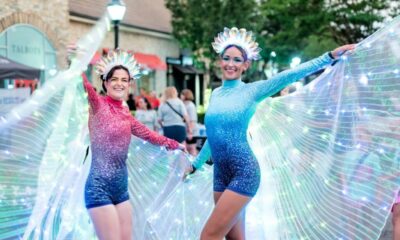Arts & Literature
Wesleyan School Student Artists Talk About Their Artwork And What Inspires Them
Published
2 years agoon
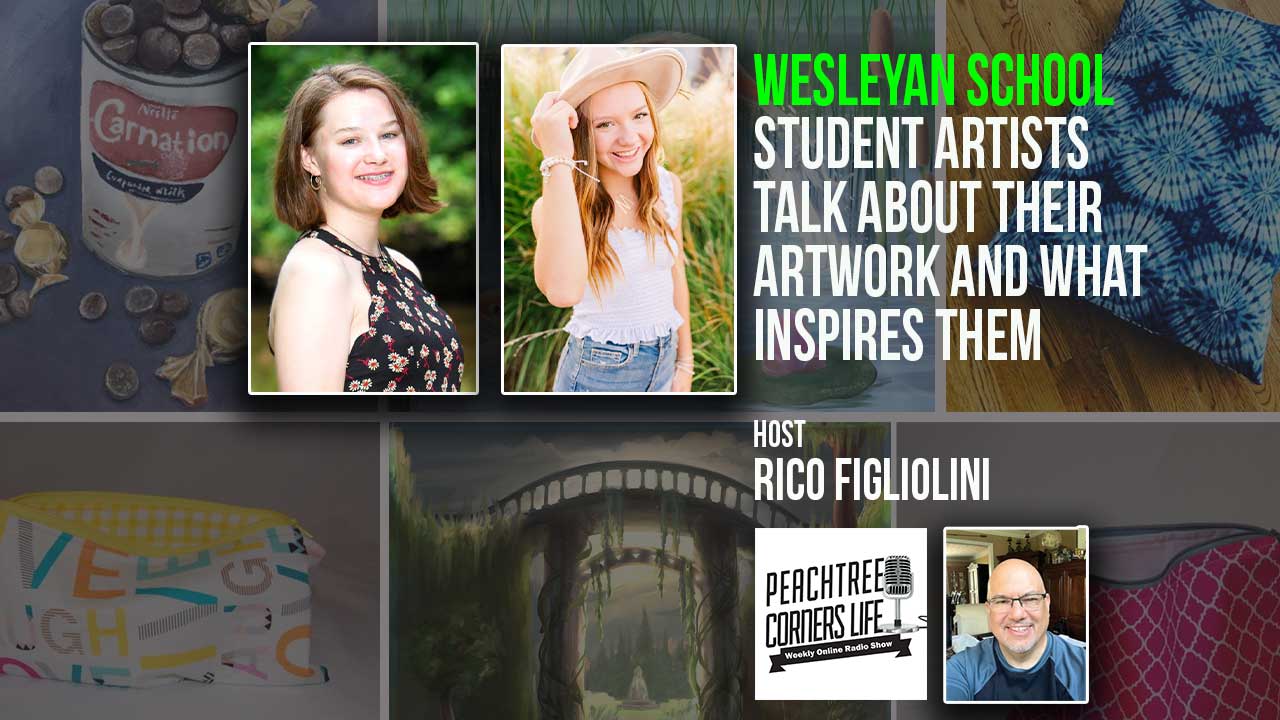
Young Artists, Makenna Wazevich and EG Pickering, Participating in the Upcoming Wesleyan Artist Market
The Wesleyan Artist Market is back again for another year to celebrate incredible local artists. On this episode of Peachtree Corners Life, Rico Figliolini is joined by two young artists, Makenna Wazevich and EG Pickering. Today they’re here to share their artistic inspirations, aspirations, and presence at this year’s market.
Resources:
Wesleyan Artist Market
EG’s Instagram: @egg.illu
Makenna’s Instagram: @hearttohomemadeco
Timestamp:
[00:00:30] – Intro
[00:01:45] – About EG
[00:05:04] – About Makenna
[00:06:34] – Digital Art and Physical Art
[00:09:30] – Inspirations
[00:16:01] – Moving into Creative Careers
[00:19:34] – Fun Facts about EG and Makenna
[00:23:10] – Closing
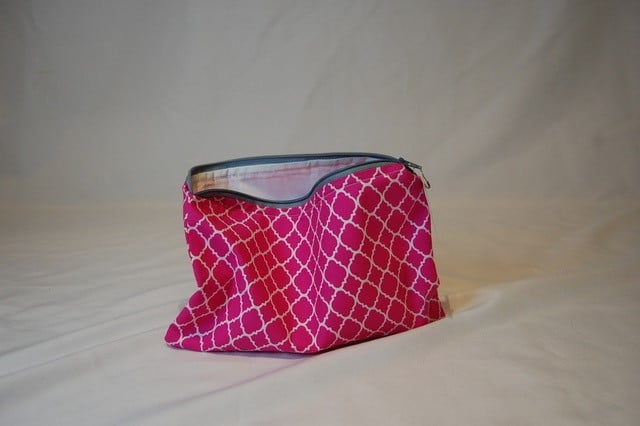
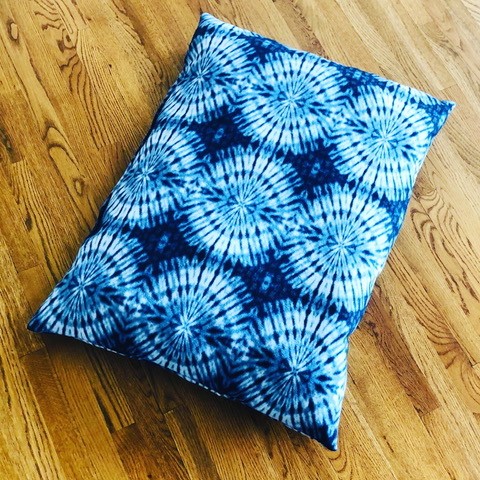
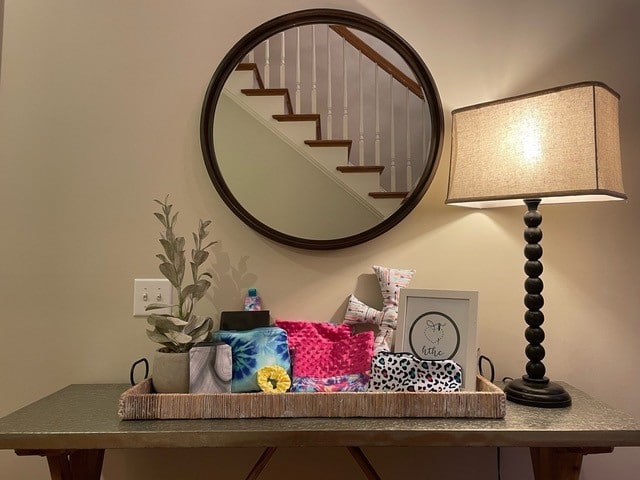
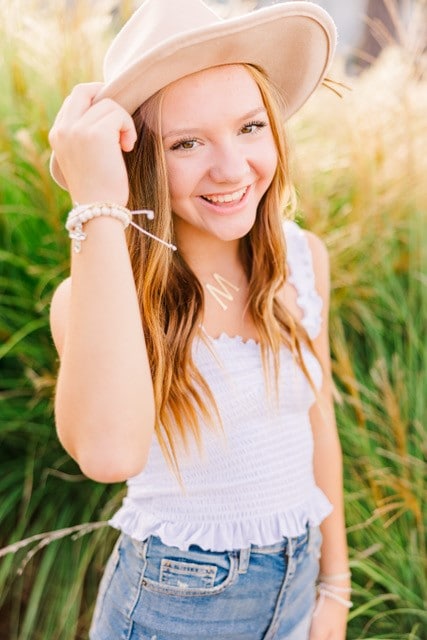
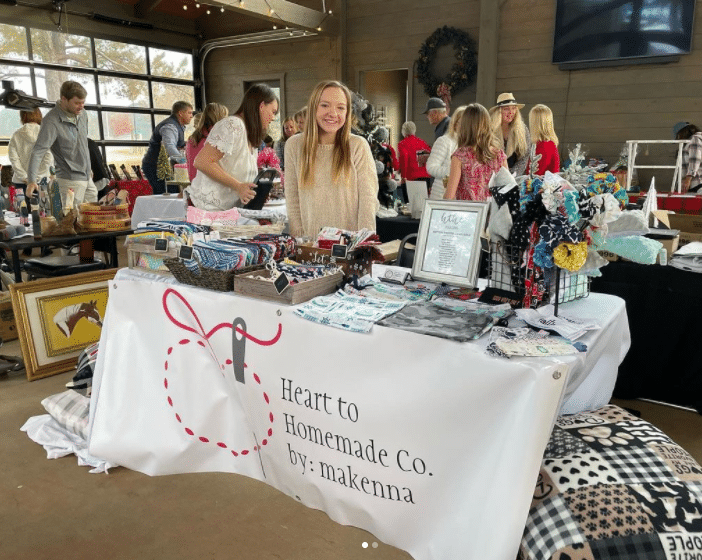
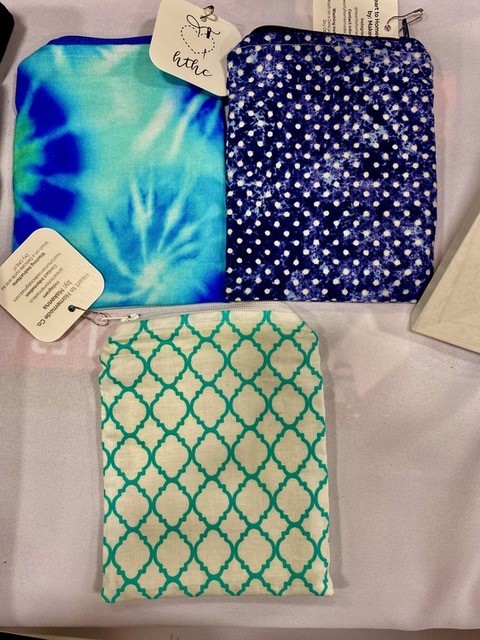
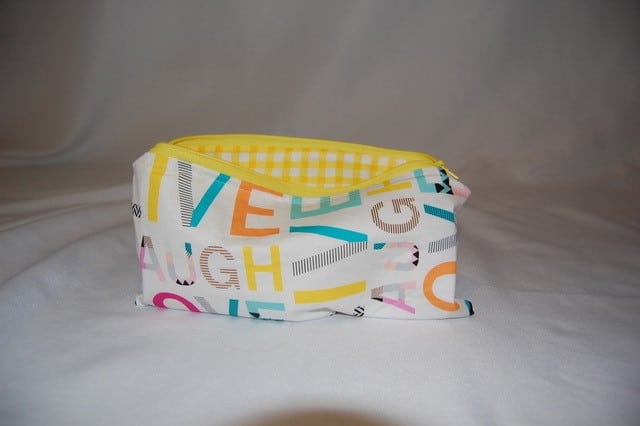
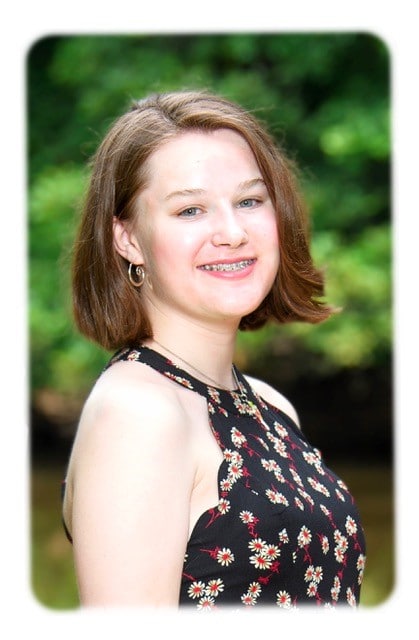
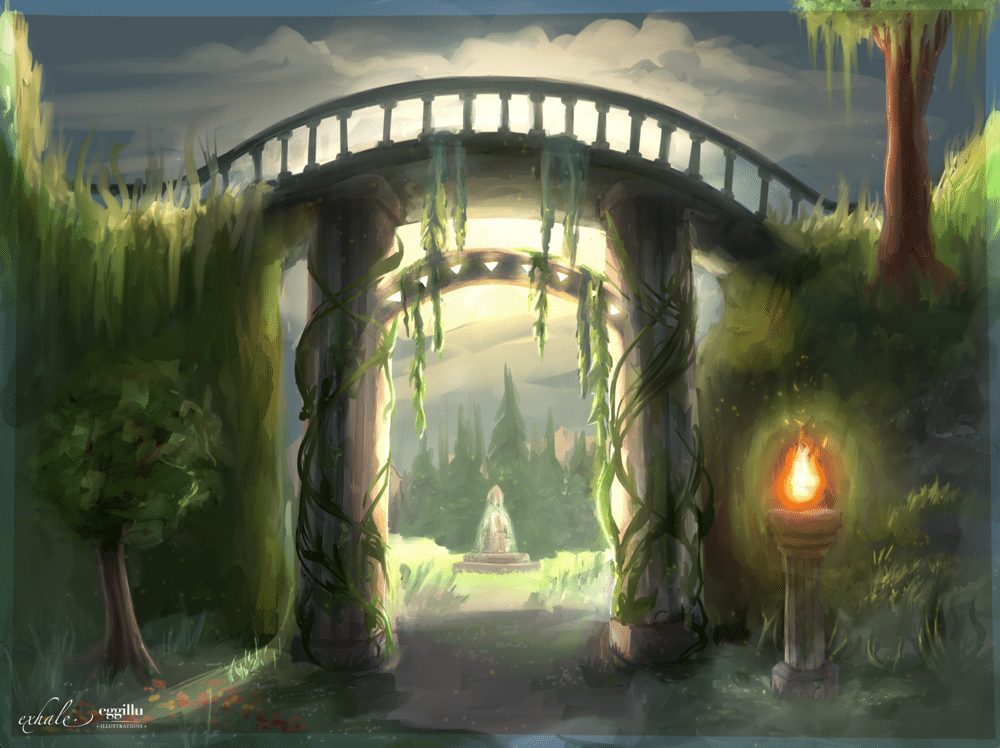
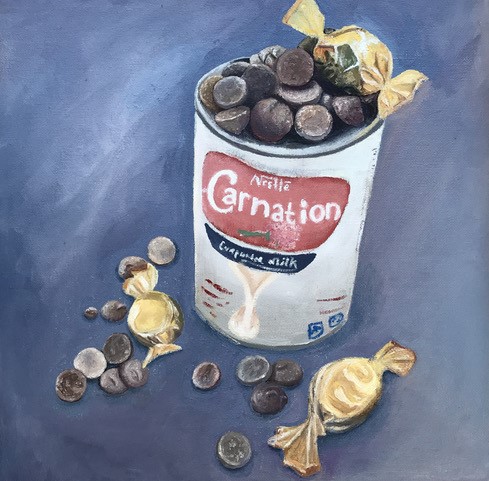
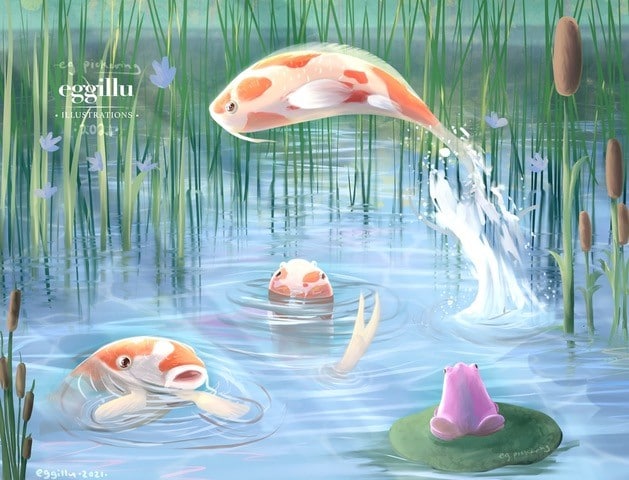
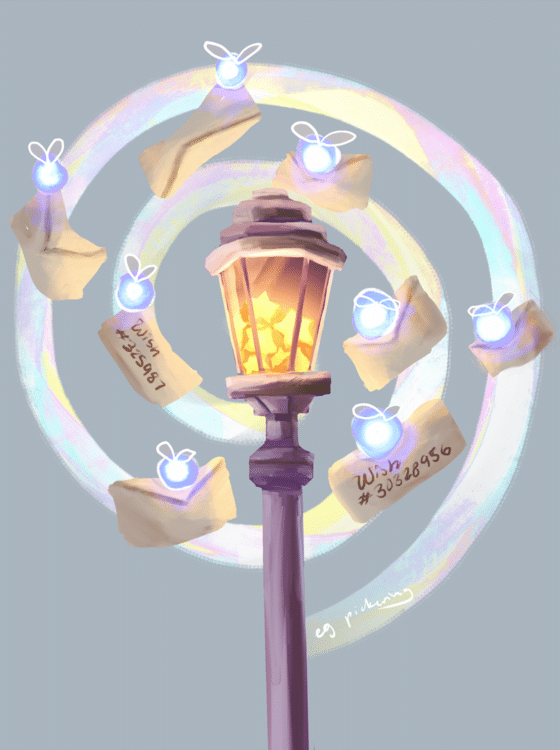
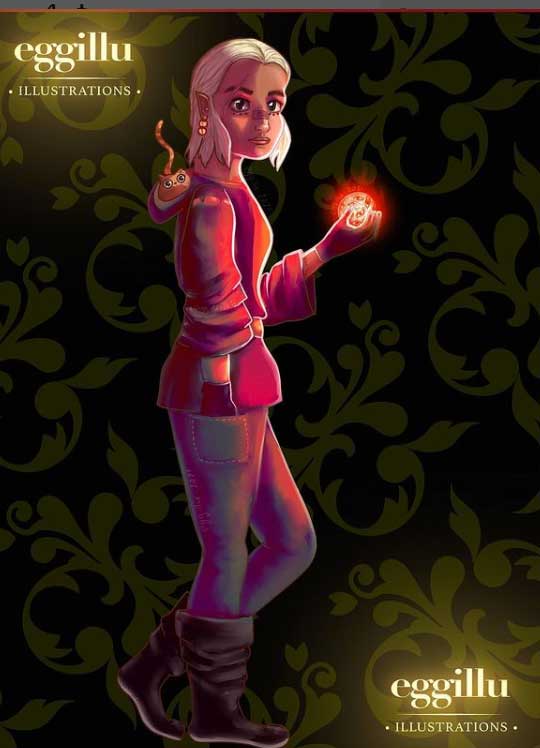
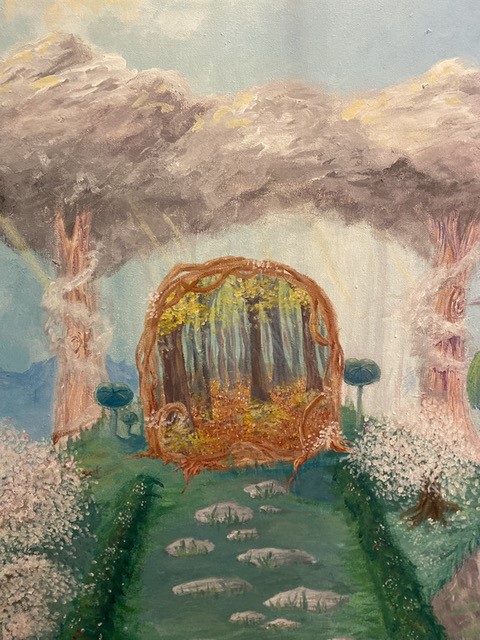
Podcast Transcript:
[00:00:30] Rico: Hi everyone. This is Rico Figliolini, host of Peachtree Corners Life and publisher of Peachtree Corners Magazine, the host of these podcasts and the sponsor. We have special guests today. Wesleyan Artist’s Market is coming up soon and we’re going to be doing coverage on that in our next issue highlighting three different artists that live or work or are around Peachtree Corners. But two today that we’re talking to are student artists, that have a very different way they do their artwork. And I wanted to be able to bring them on. And we’re going to be talking about some of their artwork, their experiences, and we’ll be asking them questions about who they are, what they like, and what type of artwork they like to do as well. So let me bring them on. We have on the top left is Makenna Wazevich, and on the bottom is EG Pickering. Glad to have you guys on. So I did this last year with two other student artists, and we talk about the individuals. So I’m going to bring on, we’re going to do EG first, right? We’re going to bring on EG first and we’re going to let her talk about her artwork and the type of artwork you do, and I’m going to try to share some of that, if I don’t mess it up right now, on this podcast. So tell us a bit about what you do and why you chose to exhibit at Wesleyan Artist Market.
[00:01:45] EG: Sure. I’ve been doing art since, pretty much for my entire life. Doing art well into high school seemed a pretty obvious choice for me. I’m in AP art right now. So I joined the artist market just last year for the first time. But it was a really good experience, so I thought I’d try that again. So as for the kind of art that I do, I try to incorporate a few different styles just because I’m always learning. I’m trying to constantly improve my artwork. So I try to do a little bit of realism. I’ve tried to do some cartoon kind of stuff. And occasionally I try to do some like abstract. So it really kind of depends on what I’m feeling that day.
[00:02:33] Rico: So some of your artwork is the Carnation that we showed before.
[00:02:37] EG: I’m really proud of that one.
[00:02:38] Rico: It’s a really good piece. If I can remove my logo would be even better, I guess. I really like that piece. I think that that was a great realistic sort of piece like that. The other piece that we showed before was the Koy Pond that you did. But you also do a lot of fantastical type, if you will.
[00:02:56] EG: I do, yes.
[00:02:57] Rico: And those are inspired by different things? Different pieces of work, I guess? Here’s another one.
[00:03:03] EG: Yeah. So this one in particular was actually a part of my AP art project. So yeah, I really like that one.
[00:03:12] Rico: What was that inspired by? Almost feels like Harry Potter.
[00:03:17] EG: Actually I don’t, I don’t know that it was directly inspired by anything. Well, that’s not true. It was inspired by, oh my gosh, there’s a phrase. I cannot believe I’ve forgotten the phrase that I was inspired by for my own artwork, but it was inspired by a specific phrase. But yeah, I just, I tried to incorporate that. And tried to make it really fantastical and whimsical and just happy.
[00:03:38] Rico: Yeah, and you did a nice job up on that. Here’s another one that you did as well.
[00:03:42] EG: Yeah, that was last year. And this was, you know, when pretty much everything was at home. So I actually had a little bit of trouble creating this one at home, because mostly I didn’t know where I was going with it at first. You should have seen the canvas before I landed on that, but.
[00:04:02] Rico: Now you do everything in Procreate, you said on your iPad?
[00:04:06] EG: Most things, yes.
[00:04:07] Rico: So when you’re doing that type of work, are you able to change things up fairly quick? I don’t know how many people may know Procreate if it’s similar to photoshop or not.
[00:04:17] EG: Yeah, that’s one of the main benefits of digital art actually is that you can change things really quickly. You can kind of change the size, the color, the value. So if you know anything about like photo editing, that knowledge would be really helpful in digital art.
[00:04:32] Rico: Cool. Alright, so let’s also bring on Makenna Hey, McKenna. So tell us a little bit, as we do this one, I’m going to also share some of your artwork as well. Tell us a little bit about yourself, what type of work you do. You’re very different medium. You started out when you were nine years old sewing. And it’s an interesting, because not everyone does this, obviously. But it’s cool, right, because it’s also three dimensions. Feel it in your hand, fabrics and all that. There’s so much more to it as well. So tell us a little bit about that and I’ll bring on some artwork.
[00:05:04] Makenna: Like you said, I started when I was nine. I can’t remember like directly what inspired me to start sewing, but I got a sewing machine for Christmas and I took some lessons and I started doing it at home more. And just kind of creating my own patterns and kind of just going to the fabric store, and picking out different things and putting some of this stuff together. I’ve been doing the Artist Market for a couple years now. I can’t remember exactly how many years, but I started when I was in fifth grade. And I really liked doing it because it’s great exposure for like my business. And I’ve gotten a lot of customers from it.
[00:05:48] Rico: So you have a business doing this? You’re actually selling artwork that you’re doing. Here’s another one that you did that we want to share with people. You want to tell us a little bit about that one as well?
[00:05:59] Makenna: Yes. So these are my patches. I have three different sizes. And this is actually the large pouch. That’s the small one. I try to make them in all different like patterns and colors. So it’s kind of versatile for everyone. And that’s what I’m looking for when I’m going into the fabric store. And this is my Necessities Pouch, which is the smallest one.
[00:06:20] Rico: Alright, cool. And I think we have another picture.
[00:06:23] Makenna: All of my artworks are like different, things that I sell. So I have bookmarks, pouches, pillowcases, scrunchies, all that kind of stuff.
[00:06:34] Rico: Cool. Great. So I appreciate you ladies sharing the type of work you do. You know, it’s interesting going from, fabric sewing, because you’re looking at the outside, but there’s also an inside. There’s seamstress work you have to do. You’re actually creating a pattern before you do any of that work, correct?
[00:06:51] Makenna: Yes.
[00:06:51] Rico: So have you ever thought about doing outfits, skirts, dresses?
[00:06:55] Makenna: When I did lessons a couple of years ago, I made shirts and stuff. But it’s a little bit harder. So I prefer making like smaller stuff like this. I find like a lot more people find it more interesting, especially for younger ages.
[00:07:08] Rico: Gotcha. And you actually go to different places, or different home shows, I guess? To sell your stuff there?
[00:07:16] Makenna: Yeah, I’ve been to a couple of different shows. In 2021, I did the Wesleyan Artist’s Market, but it was online. And then I did a show at Marist, which is their, I want to say it’s their holiday tradition show. And then I did one at Lake Oconee.
[00:07:32] Rico: Oh, okay, cool. And people can always find your work online as well.
[00:07:37] Makenna: Yes. I have an Instagram, which is where I post pictures sometimes of some of the stuff I make. I do a lot of custom orders for people.
[00:07:46] Rico: Alright, cool. Now getting to EG, the work you do, obviously Procreate. Are you able to translate that? I know that as a publisher, I know that you could probably take your artwork digitally and actually put it on canvas electricly. You can put her on posters and stuff. Have you done that? Or have you tried the crypto art, encrypted art work?
[00:08:07] EG: Oh, NFTs?
[00:08:10] Rico: NFTs, thank you. I always mess that up. Sorry about that, yeah NFTs. Because that would be, that would be perfect, right?
[00:08:20] EG: I have not tried NFTs yet. Mostly because I don’t know much about them. To be honest, what I have heard about them, isn’t the best. So I’m a little wary of that. But otherwise there are a lot of transferable skills for digital art. So for example, before I was using Procreate, I was using Photoshop. And before Photoshop, I was using some free third-party software. And before that I was using like Kidpics when I was four, you know? But yeah, they’re the, you know, it just kind of builds up over time.
[00:08:53] Rico: Right. When you do these things, I mean, you’re going to be at the Artist’s Market so how do you sell the artwork there? I understand how a pillow can be sold there because it’s a physical item. So, but how would you sell your artwork?
[00:09:06] EG: So, I use a third party company to print them, print my artwork onto stuff. Because I can’t, I unfortunately don’t have the tools at home to print my artwork on a cup.
[00:09:19] Rico: So, is that what you print your stuff on cups? Or do you do other types of things?
[00:09:23] EG: That’s just an example. I’m not quite sure yet if I’m going to offer my artwork on cups this year, but I might.
[00:09:30] Rico: Okay. Makenna, which artist or filmmaker or author do you take inspiration from?
[00:09:36] Makenna: There’s not like a specific person. But I actually do remember when I started, got my interest in sewing was when I was younger, I used to watch Project Runway with my mom and that’s kind of like what got me into thinking to want to sew.
[00:09:51] Rico: Okay. And that’s good. I mean, you have your own sewing machine, obviously, right?
[00:09:55] Makenna: Yeah, I do it all from home.
[00:09:59] Rico: Right, cool. And that’s not easy, I’ve got to tell you. I mean, my mother-in-law used to sew and she had a sewing machine, old fashioned, electric. Just being a seamstress work, my wife’s whole family are pattern makers, seamstresses from New York and stuff. And they would make these beautiful dresses. In fact, we made her engagement dress from something I designed. That’ll never happen again, that’s a long time ago. And it’s difficult, so you can imagine, so you can appreciate that, I think. EG what about you? A specific person or artist or artwork that you find inspiration from?
[00:10:32] EG: Honestly I draw my inspiration from a lot of what I see on social media. For example like, Instagram, Pinterest. I know those are kind of basic sources, but I like following different artists with different styles. I just think it’s so fascinating to me, how many styles are out there and how artists can incorporate styles of other artists into their own style. So it becomes like a conglomeration of styles and I just, I think that’s so cool.
[00:11:01] Rico: That is cool. And I also on Instagram and Pinterest follow a lot of different artists. And the great part about that is that they’re from all over the world. I mean, and there’s another source that Adobe has, which is I think It’s a portfolio site. Yeah, you should look into that if you’re into Adobe and stuff, because it’s the same thing like Pinterest, actually their boards and stuff like that, right? But you’re following an artist and they keep posting, it’s almost like blog posts, with their art work. You’re right. I mean, you can find inspiration anywhere that way, and it can even be photography, I would imagine. That might inspire and illustrate a type of work. Is there any art that you identify most with? If you could pick a piece of art out there, is there any artwork that you would identify with?
[00:11:43] EG: Like, that I’ve done or?
[00:11:45] Rico: That’s out there or that you’ve done, whichever one is fine.
[00:11:49] EG: I don’t have a specific piece of artwork that other people have done that I identify the most with. But I do have a genre that I identify a lot with. Or just like a kind of feeling that, that I identify with. It’s just, art that has a lot of emotion behind it. I think when you have emotion behind it, it just, it automatically becomes a lot more powerful. And even if you don’t know what exactly emotion that artist is communicating, it’s still felt. And actually, I learned recently, well I saw recently a project that, a previous AP art student had done and I was so drawn to it. It was very illustrative, pastel colors, and very whimsical and fantastical. So it, it definitely drew me in. I kind of related to that style of art. But then I found out it had this very tragic source of inspiration that they had drawn from and all of a sudden it all made sense. I just, I really, I was really impressed by it.
[00:12:55] Rico: Artwork that comes with a story. I think it makes that artwork even more have feeling. I think that’s why some paintings are worth millions of dollars. It’s basically because of the artists and the pain, maybe that they felt as they were doing that artwork. Makenna, do you have an inspiration like that, that you draw from? Any favorite place that you work from?
[00:13:14] Makenna: Not really. Sometimes once I start one pattern or like project or a product, whatever you want to call it, I usually get ideas from more. So like in the past with my patches, I’ve done, obviously I’ve made different sizes of them and one time I even did patchwork. So I did different fabrics on the outside. So I just kind of like work with it and make different things and make my own inspiration, if that makes sense.
[00:13:42] Rico: It does. And what types of fabrics do you like working best in?
[00:13:46] Makenna: Cotton is the easiest to work in. I do a lot of flannel. And then when I make my pillow cases, those are flannel and there’s a border around them if that makes sense. And it’s a Minky almost, so it’s much softer.
[00:14:02] Rico: Do you go out, there’s fabric places I know, do you go out and look at all the fabric? I mean, there’s tons. You can go into one of these stores and there’s thousands of them.
[00:14:11] Makenna: Yes. I typically go to Joann’s because they always have good coupons, which helps. And they have, like a wall of all their cotton fabrics and all the different colors. And so it’s easy to like go in with what you’re looking for. But it’s also good to keep an open mindset, because there’s so many different options.
[00:14:28] Rico: Sure. I can imagine, you can spend hours doing that, just looking at, through all the fabrics. Then even the stuff that you put onto it, right? The accents that you put onto it or sew onto it, depending on the project. So the Joanne’s probably the store that you go to versus any other store I would imagine. But are there other stores that you might go to where, maybe Home Goods or something where you’re there and you’re noticing stuff and you say, Hmm that’s cool. I’d like that. Maybe that’s inspiring. Do you see that? Do you see yourself doing that? When you go shopping?
[00:14:59] Makenna: I do that all the time, yeah.
[00:15:02] Rico: Cool. EG what about, there’s inspiration that you can find in all sorts of places. I know that you said Instagram, Pinterest and stuff, and genres right? I know one of the things that you pointed out, I think you like whimsical artwork and stuff. Anime was one of the areas there or anime art, which has also varies, right? Because there’s a lot of different ways to do that. Are there any specific animes that you enjoy that’s inspired you or artists within that realm?
[00:15:30] EG: So, like you said, anime is a very diverse genre. So certain kinds of artwork from that genre, I’ll say. One that I really, really like is Studio Ghibli. Because I had heard about their movies and their stories and these beautiful, beautiful backgrounds that they’ve used. And so I started watching them. And man, I agree wholeheartedly with those assessments. They’re absolutely gorgeous films. But they do follow the anime style. So that’s one of my main inspirations.
[00:16:01] Rico: Cool. They’re fantastic movies. It’s a shame that, what’s his name? Miyazaki retired. Actually, he might be coming out to do one more movie, I think. But my kids, Disney movies and those movies. So studio Ghibli is a great place. Let’s go into a little bit of some other questions, as far as, you’re doing artwork. Some people do artwork like they do sports, right? Some people do sports and they realize they’d love to be in that sport, but that’s not where they’re going to be. So they’re going to study law or something else like, you know, something different. Or maybe even physical therapy, so something somewhat related. But people are different, right? But you’re getting into art and you want to stay there, right? I mean, you want to go on to college or, maybe SCAD even, to do studies in art. Is that where you want to head to? And what ultimately, where ultimately, would you want to find yourself in like five, six years after you get out of school?
[00:16:56] EG: That’s honestly a great question. I really have found that I really would like to stay in a creative field. Just because I think, you know working on an Excel document, I think, in an office setting. I do understand that that’s not an option for a lot of people. But I realized that there is just as much risk in doing that as following what you really want to do. I guess in, in your heart or in your gut. So I really, I do want to do something creative. Even if I have to go a long way to get there. But yeah, I’m also interested in like photography and writing. So those are also creative paths that I could end up going down.
[00:17:40] Rico: Alright, cool. Yeah, the world is changing, right? It used to be before, a decade ago, 10 years ago, if you were a graphic designer. Pretty much, you were a graphic designer and you weren’t doing other things. That changed. You know, obviously kids in school, even my kids, as they were going through high school, they were taking Photoshop actually in middle school, they were doing even Photoshop. So right. And HTML and programming even. Even if you weren’t in school doing it. For example, I remember my daughter she loves, I think it’s Horse Isle, which was a horse riding game. And you’d have to make your own sort of website within that world. So she learned HTML by herself. She learned how to use Photoshop by herself, different brushes and stuff. I was just impressed, one day when I saw her doing, I was like, where’d you get those brushes? Did you download that? She’s like, no, I made those. And I was like, what? Really? So if you want to do these things and you have that talent and she’s not going that way, she’s doing something else. But it was a good fun time for her to be able to do that. Makenna, you’re doing work that I know from my experience with my family seamstresses and stuff like that, that worked for large dress companies and design firms, fashion companies. We used to get dresses in the warehouses in New York. Sometimes they’d let us in and we’d go shopping. Your type of work is a bit different though. And you can sell that stuff on Etsy. I mean, you become your own business easily, just as well as illustration too. So tell me what you want to do. Where do you want to be when you leave high school? Where do you think you’ll be going to and where do you want to be six, seven years from now?
[00:19:10] Makenna: I have a long time since I’m still a freshman until I kind of decide where I want to go and what I want to do. But I’ve definitely thought about fashion designing or kind of growing my business, as maybe even if it’s just on the side. I’ve also, I’m a gymnast so I’ve also thought about doing something that relates to sports. So like sports medicine or physical therapy, like you said.
[00:19:34] Rico: Cool. And there’s nothing wrong with having a business on the side. Sometimes that becomes lifestyle money. What’s called lifestyle money, right? It adds to your other income. And who knows? It may take off and you might end up being full-time doing that. We never know. Let’s go through a couple of other questions that are not necessarily on the artwork, but sort of hopefully a little bit more revealing of the type of person you may be. And I’ve asked these questions of other people sometimes. What superpower would you have and why? And let’s start with EG on that one.
[00:20:04] EG: I’m going to be honest, I have thought a lot about this. I have not been able to come up with a complete answer. Because there’s a lot of super powers out there and choosing one seems, you know, you might choose one and then you’re like, ah, I wish I’d chosen that one. But, I think overall one of the best ones out there is flying. And I know that’s really like, that’s one of the more popular ones, but it’s for a good reason. Because being an artist specifically, I could just casually float up over Atlanta one day and sketch that. That’d be fun.
[00:20:40] Rico: That would be. What about you Makenna? What superpowers, if you could pick one, would you have and why?
[00:20:46] Makenna: I don’t know. Maybe super strength. And there’s not like an exact reason. Like, I don’t know. It just sounds cool. Just randomly like lift up a car or something.
[00:20:55] Rico: Alright, alright. Super strength is always good. What wouldn’t you do without? Let’s start with Makenna, maybe. If there was something that’s your favorite thing, I guess, that you wouldn’t do without. It could be anything. It could be time.
[00:21:09] Makenna: That’s a really hard question.
[00:21:10] Rico: It is. It’s more, really like life question, actually.
[00:21:13] Makenna: I’m not sure.
[00:21:14] Rico: Okay. EG, do you want to step in and say one? Do you have one?
[00:21:18] EG: I mean, I use my iPad and my Apple Pencil pretty much every day. I’ve actually started bringing them to school because I draw on them every single day. So pretty much my iPad and my Apple Pencil are essential to my life right now.
[00:21:35] Rico: Cool. Makenna, do you use anything to like sketch or keep a diary? Do you do any of that as well?
[00:21:41] Makenna: I do a lot of my stuff on paper. All my patterns are made of those either posterboard or cardstock. And so I’m able to like draw it out and like take measurements. I usually write it down in a notebook, what the measurements are and stuff. And like what I want it to look like.
[00:21:57] Rico: Alright, cool. So the next few questions are just the standard Q and A’s that I drop in towards the end of an interview. What’s your favorite food EG?
[00:22:06] EG: Ooh, as far as snack food, that would definitely be popcorn. I make popcorn a lot. So much so that we actually have a popcorn popper and we have to buy popcorn kernels, but it is really good. It is really good.
[00:22:20] Rico: Makenna what about you?
[00:22:22] Makenna: Favorite food is probably any type of Italian food. I love pasta or pizza.
[00:22:27] Rico: Okay. And what’s your favorite book or movie EG?
[00:22:31] EG: I actually have not ever been able to come up with an answer for this one. But I do really, really like the Marvel movies. I’m a big fan of those.
[00:22:41] Rico: How about your makenna?
[00:22:42] Makenna: That’s so hard. It always changes whenever I watch a new movie. I’m not the best at like keeping up and reading books, but I just like stick to the one’s we have to read for school. But movie, it’s really hard. But like she said, I also liked Marvel movies and like Disney movies.
[00:22:58] Rico: Do either of you speak a language other than English?
[00:23:01] EG: I’m trying to learn French. I’m in French classes right now, so.
[00:23:05] Makenna: Yeah, I’m the same. I’m taking French at school, but I’m definitely not fluent.
[00:23:10] Rico: Oh yeah, French is not easy. I spoke a little bad Italian and I decided to take French in high school, which was just a mistake. I should’ve stuck with an Italian, that would have been an easy A. So, let’s go for one last thing that I’d like both of you, one at a time, we’ll start with EG. Where can people, obviously the Instagram, your Instagram addresses are both below your names, above your heads on this video. But where can people find or follow you? Are there different places and where can they purchase artwork? Obviously, you’re going to be at Wesleyan Artist Market so they can visit that too.
[00:23:46] EG: Yes. Please come visit me at the Wesleyan Artist Market, I’ll have a lot of stuff out. But yes, obviously the Instagram. And then I also have a Red Bubble, if you don’t know what a Red Bubble is, it’s basically again, this service that you can upload your art onto and you can get that in pretty much everything. So I have uploaded just a few things to Red Bubble, but I’m hoping to upload more soon.
[00:24:13] Rico: I haven’t heard of that one, alright. What about you Makenna? Where can people find out about you and buy your products and stuff?
[00:24:20] Makenna: Definitely through my Instagram, like DM me. My email is also in my bio of my Instagram, for my business. That’s the main place. You can also find me at a boutique at Lake Oconee, it’s called the Artisans Village. And I used to be in a boutique in Atlanta, but they recently closed. But yeah.
[00:24:42] Rico: Cool, great. The Wesleyan Artist’s Market is happening in April. We’re going to have show notes to this video podcast. Obviously if you’re listening to this on Spotify or iHeartRadio, just Google Wesleyan Artist Market, and you’ll be able to find out the date and such. But we’ll have the link in the show notes on this. Feel free to look for other artists, but certainly EG Pickering and Makenna Wazevich. Check them out because they’re talented kids. I appreciate your time here with me Makenna and EG. My name is Rico Figliolini. I want to thank you all for listening in to this podcast and check out Wesleyan Artist Market.
Related
Around Atlanta
City Springs Theatre Company Presents the Hit Musical Jersey Boys
Published
3 weeks agoon
July 3, 2024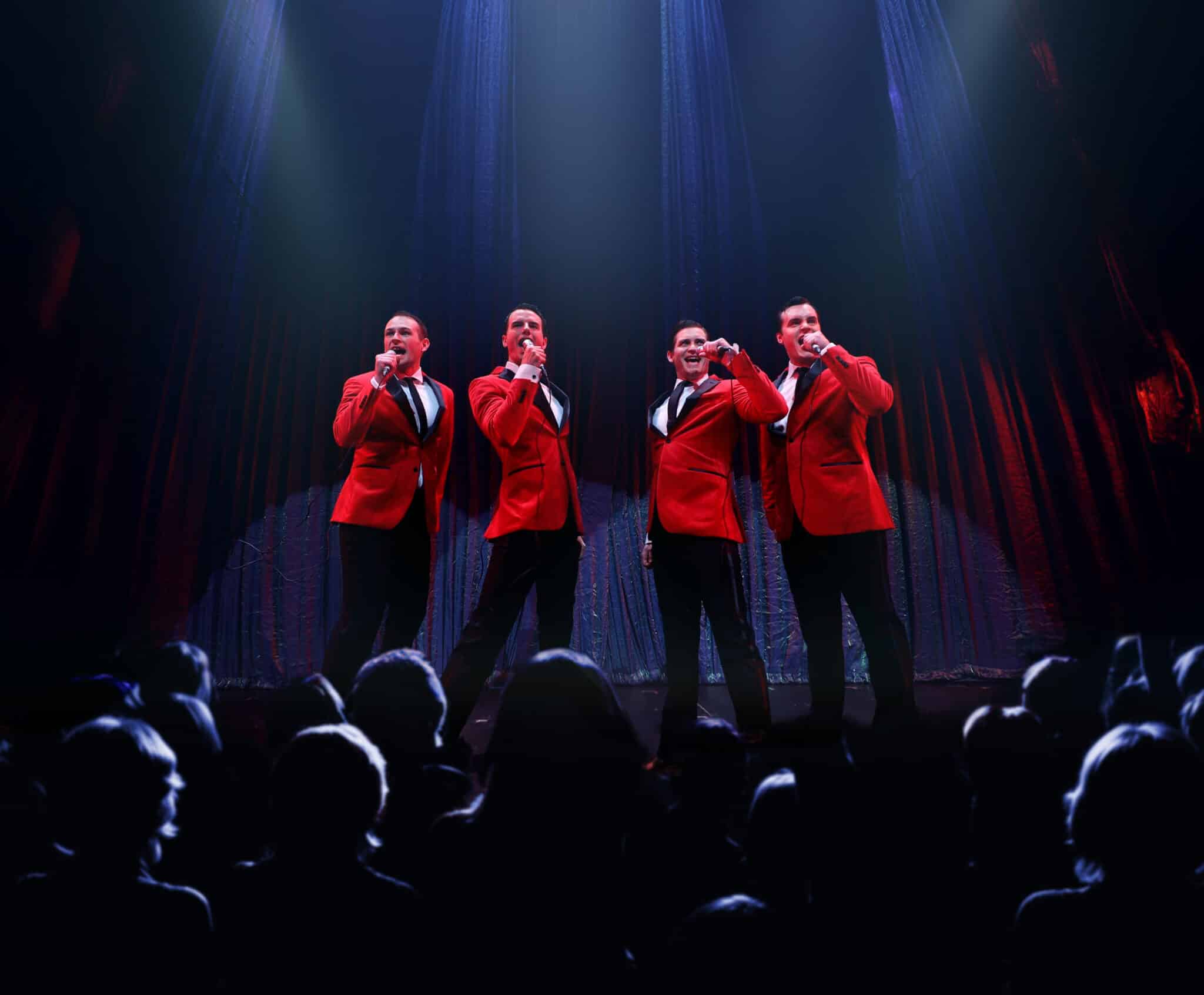
The megahit musical Jersey Boys makes its regional premiere in City Springs Theatre Company’s (CSTC) first-ever, five-week run at the Byers Theatre in Sandy Springs.
Directed by Atlanta’s-own Shane DeLancey, and choreographed by Meg Gillentine, Jersey Boys tells the rags-to-riches story of Frankie Valli and The Four Seasons. The show details their remarkable journey from the streets to the top of the charts, to their 1990 induction into the Rock and Roll Hall of Fame.
Leading the cast of Jersey Boys is Haden Rider as Frankie Valli. Rider is a City Springs Theatre Company veteran, with recent roles in both Legally Blonde (Emmett) and Fiddler on the Roof (Perchik).

Presented by Resurgens Spine Center, Jersey Boys runs from July 12 through August 11, and shines a special spotlight on home-grown talent, as the show’s four leading men are all Atlanta-area residents.
With phenomenal music, memorable characters and great storytelling, Jersey Boys follows the fascinating evolution of four blue-collar kids who became one of the greatest successes in pop-music history.
“City Springs Theatre Company is very proud to be the first in the southeast region to present Jersey Boys,” said CSTC Artistic Director and Tony Award-winner Shuler Hensley. “Our audiences have been asking for this particular show since we opened. The production is truly stacked with talent onstage and off, and we’re pulling out all the stops to bring audiences an experience that will rival any previous version of the show.”
Jersey Boys premiered at the La Jolla Playhouse in 2005, prior to its 13-year Broadway run, from 2005 to 2017. There have been productions of the show in Las Vegas, UK/Ireland, Toronto, Melbourne, Singapore, South Africa, the Netherlands, Japan, Dubai and China.
Jersey Boys features a book by Marshall Brickman and Rick Elice, with music by Bob Gaudio, and lyrics by Bob Crewe.
Individual tickets to see Jersey Boys are on sale now ($42 – $108), with discounts for seniors, students, groups and active and retired military personnel.
CSTC’s Box Office is open Monday through Friday from 10:00 a.m. – 5:00 p.m.
Call 404-477-4365 or visit CitySpringsTheatre.com for more information.
This production contains adult language and is recommended for mature audiences.
Performance schedule:
Friday, July 12 | 8:00 p.m.
Saturday, July 13 | 2:00 p.m. & 8:00 p.m.
Sunday, July 14 | 2:00 p.m. & 7:30 p.m.
Tuesday, July 16 | 7:30 p.m.
Wednesday, July 17 | 7:30 p.m.
Thursday, July 18 | 8:00 p.m.
Friday, July 19 | 8:00 p.m.
Saturday, July 20 | 2:00 p.m. & 8:00 p.m.
Sunday, July 21 | 2:00 p.m. & 7:30 p.m.
Tuesday, July 23 | 7:30 p.m.
Wednesday, July 24 | 7:30 p.m.
Thursday, July 25 | 8:00 p.m.
Friday, July 26 | 8:00 p.m.
Saturday, July 27 | 2:00 p.m. & 8:00 p.m.
Sunday, July 28 | 2:00 p.m. & 7:30 p.m.
Tuesday, July 30 | 7:30 p.m.
Wednesday, July 31 | 7:30 p.m.
Thursday, August 1 | 8:00 p.m.
Friday, August 2 | 8:00 p.m.
Saturday, August 3 | 2:00 p.m. & 8:00 p.m.
Sunday, August 4 | 2:00 p.m. & 7:30 p.m.
Tuesday, August 6 | 7:30 p.m.
Wednesday, August 7 | 7:30 p.m.
Thursday, August 8 | 8:00 p.m.
Friday, August 9 | 8:00 p.m.
Saturday, August 10 | 2:00 p.m. & 8:00 p.m.
Sunday, August 11 | 2:00 p.m. & 7:30 p.m.
Related
Arts & Literature
Local Students Show Off Their Artistic Creations
Published
2 months agoon
June 2, 2024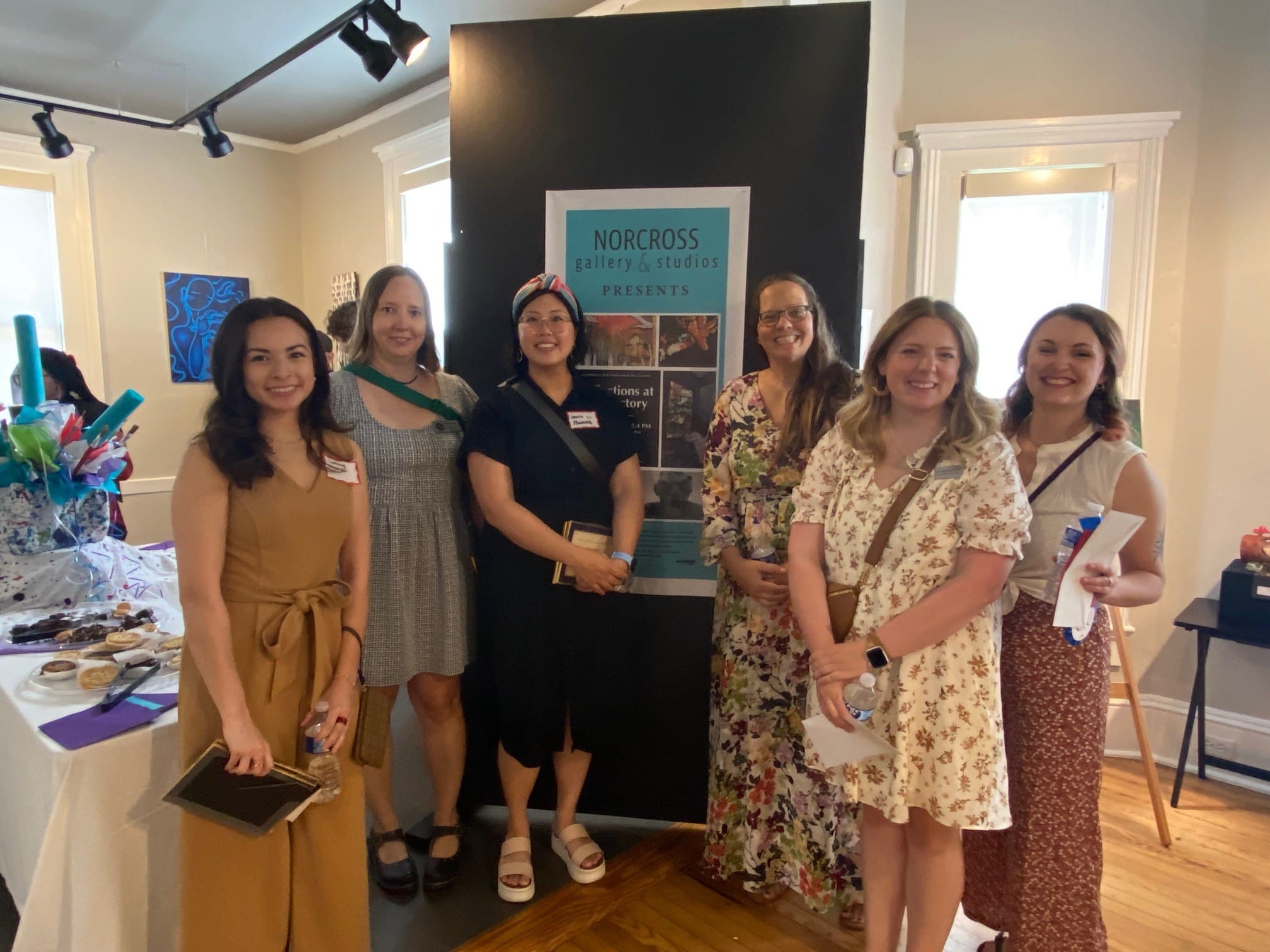
From May 11 through May 18, the Norcross Gallery & Studios kicked off a fantastic exhibition, Reflections at Rectory, which showcased the works of 36 rising stars: AP and IB art students from our local high schools.
The opening reception celebrated their creativity and dedication. Gallery director Anne Hall presented a dozen awards generously sponsored by the community, a testament to the local support for these young artists.
One prestigious award, the Terri Enfield Memorial Award, holds special significance.
Established by Terri’s daughters, it recognizes not just artistic excellence, but also leadership, work ethic and the spirit of collaboration. Last year’s winner, Aidan Ventimiglia, even played a part in selecting this year’s recipient Jasmine Rodriguez.
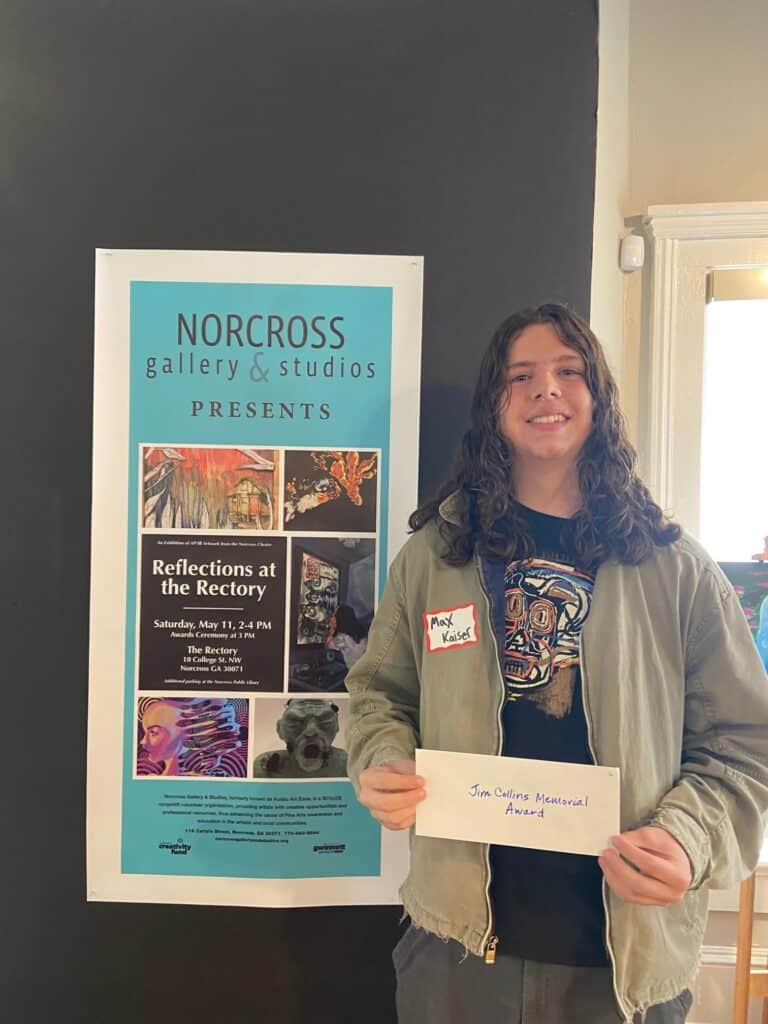
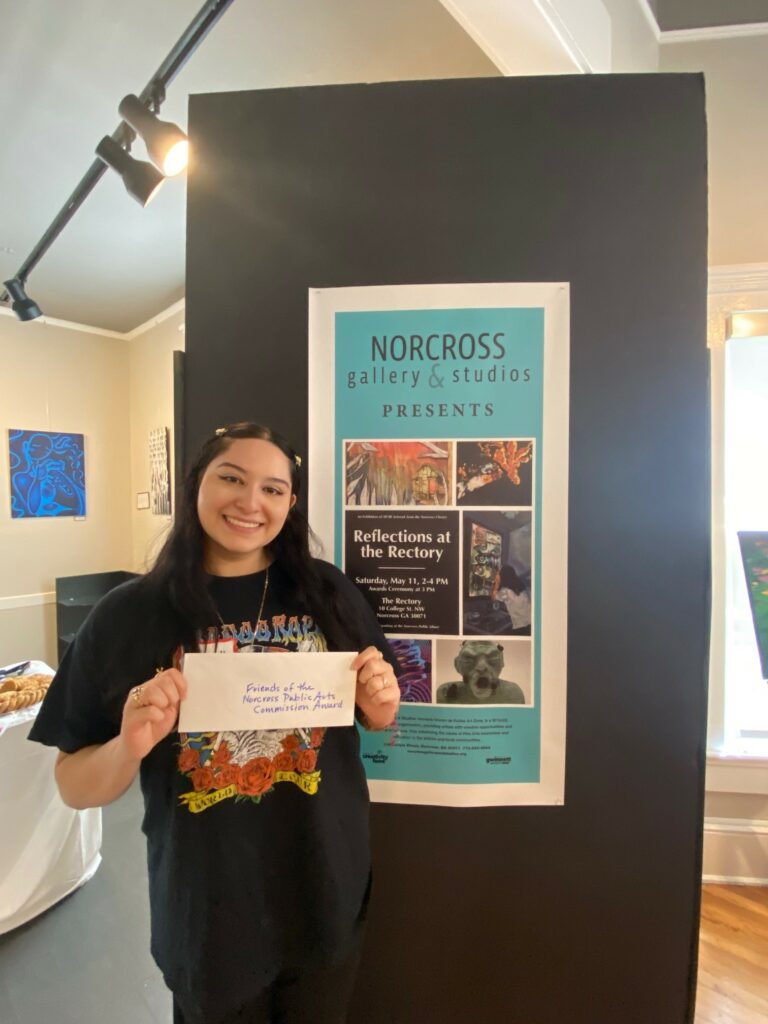
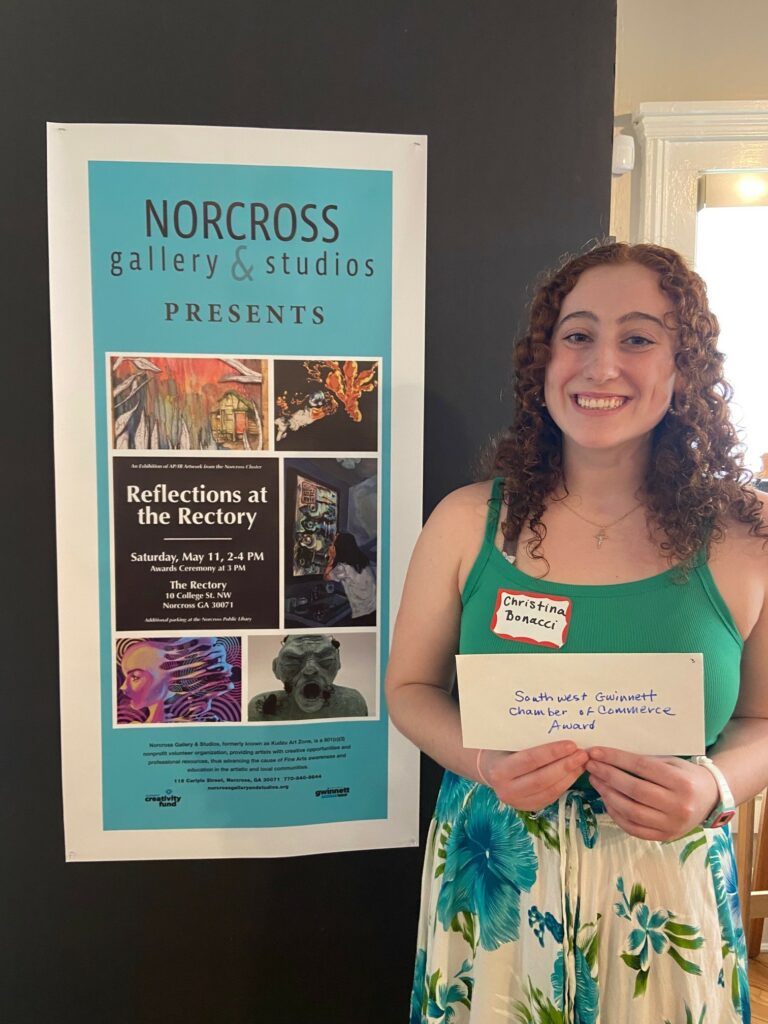
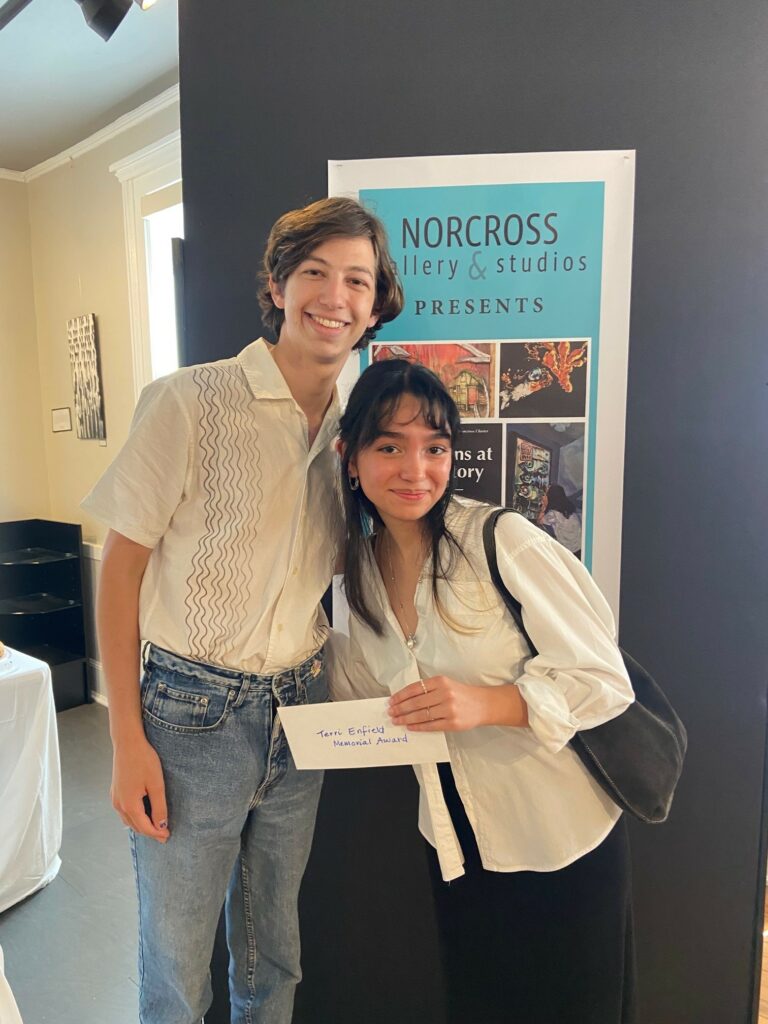
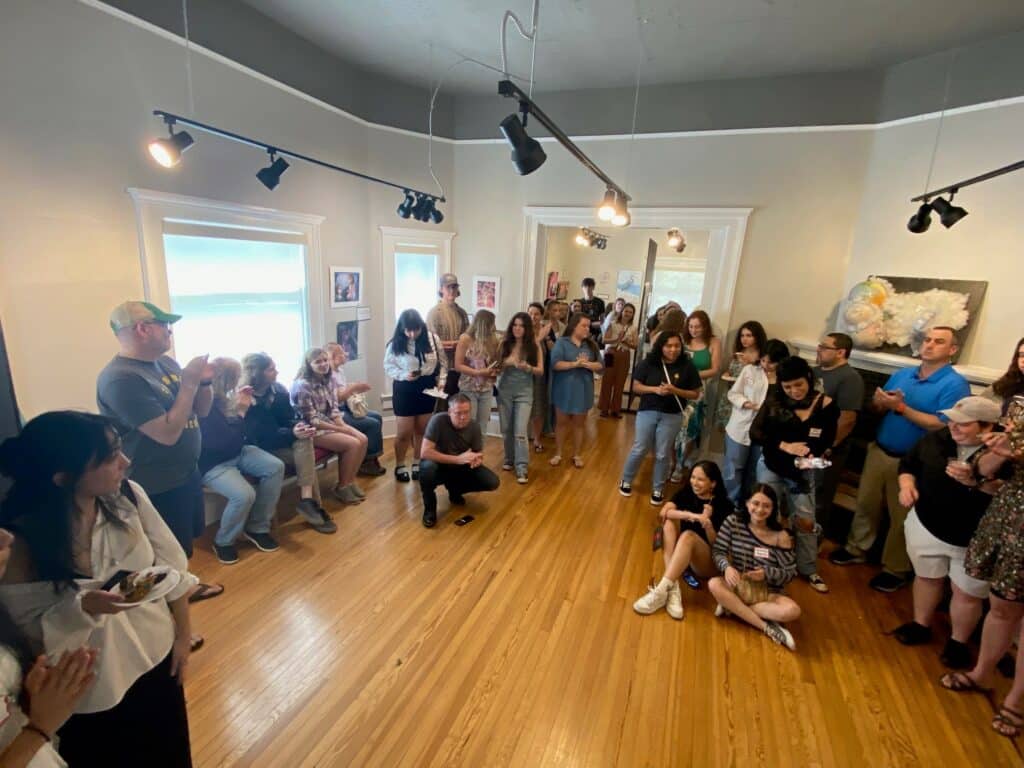
Congratulations to all the student artists.
Students in the second annual Reflections at the Rectory exhibit
Norcross High School:
- Gustavo Benumea-Sanchez
- Maycol Cruz Padilla
- Dorie Liu
- Harlet Martinez Castro
- Paulina Santana
- Gisela Rojas Medina
- Clare Fass
- Ava Netherton
- Ubaldo Diaz
- Katia Navas-Juarez
- Mariah Ingram
- Arisdelcy Juan
- Max Kaiser
- Dani Olaechea
- Christina Bonacci
- Diana Ortiz Ventura
- Katie Yerbabuena-Padierna
Paul Duke High School:
- Adamu Abdul-Latif
- Salma Noor Alabdouni
- Samrin Zaman
- Camryn Vinson
- Liz Damian
- Cecelia Berenguer
- Jasmine Rodriguez
- Angelina Bae
- Dahyana Perez
- Jonah Swerdlow
- Kyra Allicock
- Anni Brown
- Kaleb Fields
- Destiny Jones
- Gabriela Leal-Argueta
- Madisyn Mathis
- Ashley McDonough
- Ahtziri Pinones
- Alondra Valiente-Torres
Related
Arts & Literature
Book, TV and Podcast Recommendations for this Summer
Published
2 months agoon
June 2, 2024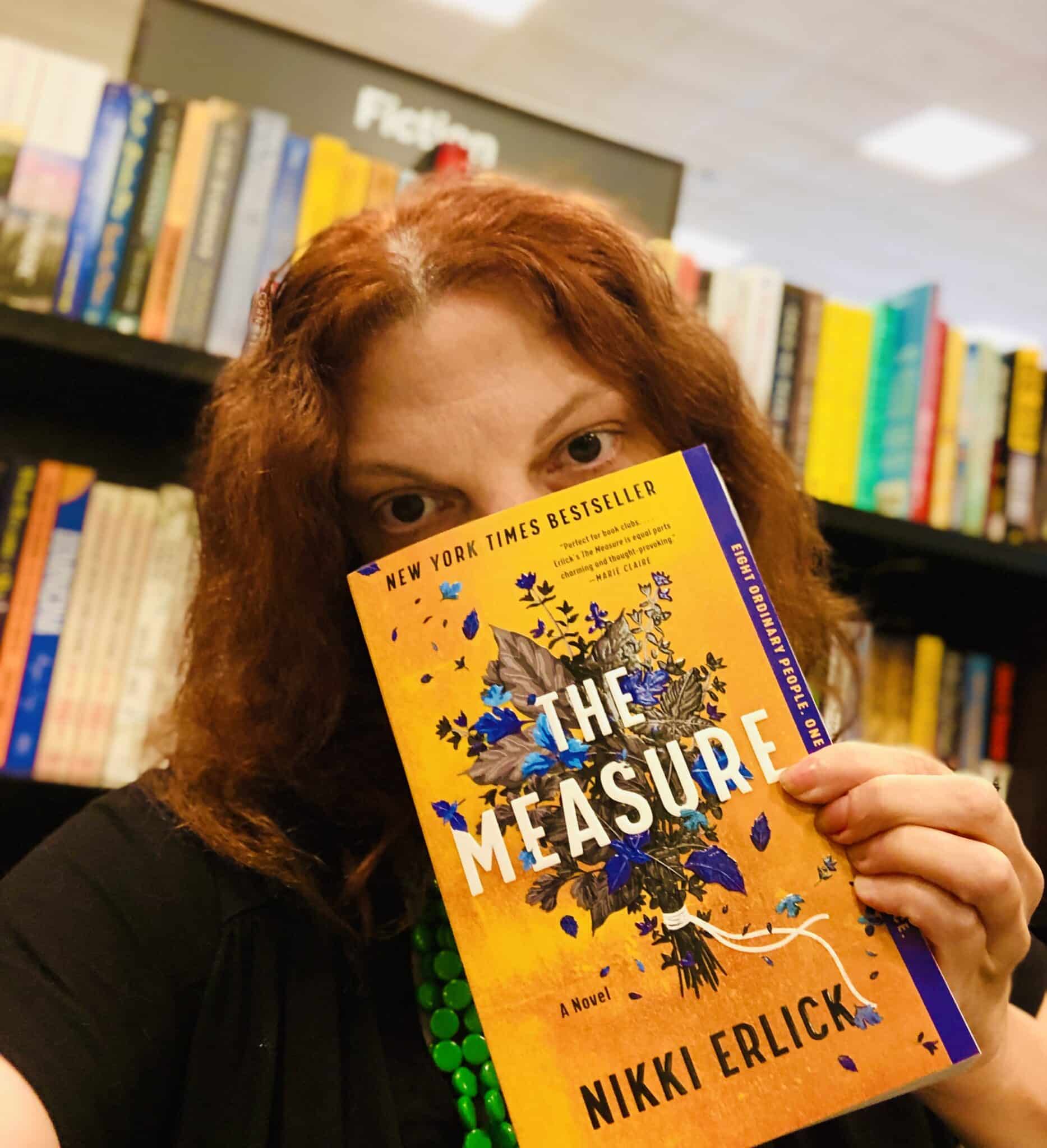
Beat the heat this Summer with a good book, show or podcast. This year, Peachtree Corners Magazine received over 30 recommendations from more than a dozen city residents. There is something for everyone on this list, so let’s dive in.
Machine Made: Tammany Hall and the Creation of Modern American Politics
by Terry Golway
This 400-page book offers readers a comprehensive and insightful exploration of one of the most influential political machines in American history. It provides valuable lessons and perspectives on the intersection of politics, power and society.
Turning Point: The Bomb and the Cold War
Stream on Netflix
This nine-part series offers viewers a thought-provoking exploration of one of the most consequential periods in modern history. It provides deep insights into the complexities of nuclear politics and the enduring legacy of the Cold War.
Fareed Zakaria GPS
Listen on CNN Audio
This podcast comprehensively examines foreign affairs. It enhances a listener’s global awareness, fosters critical thinking and sheds light on complex issues shaping our world today.
— Brian Johnson, City Manager for Peachtree Corners
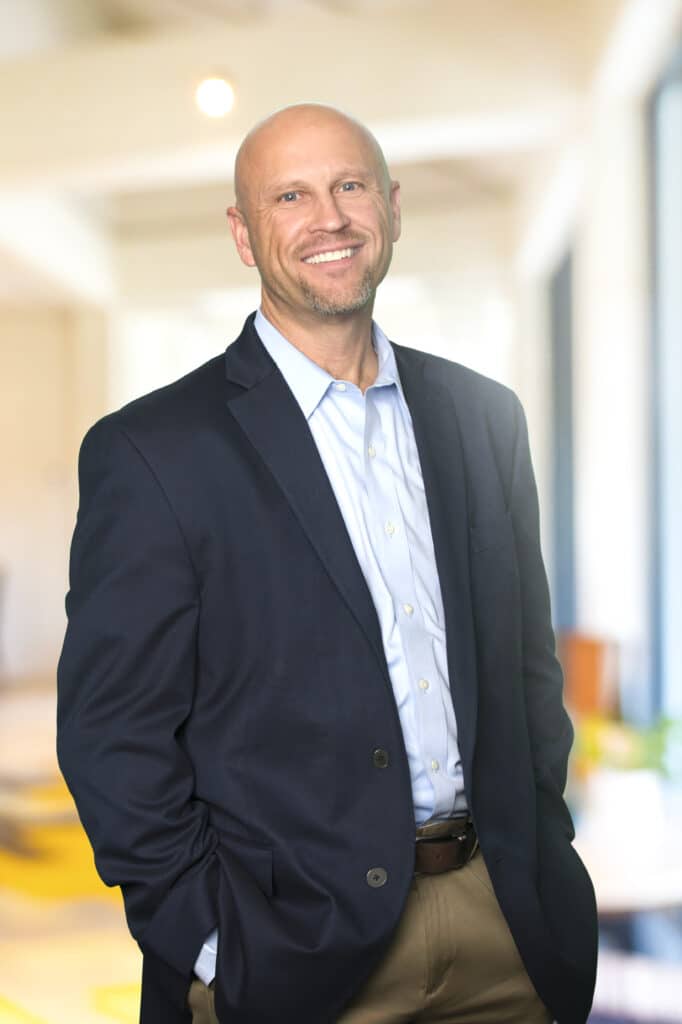
Empowering Nurses Through Self-care: Unleashing Your Potential and Thriving in the Nursing Profession
by Audrey Boyce
Audrey Boyce offers a practical guide to help nurses find balance and fulfillment in their personal lives and professions. With a comprehensive overview of self-care strategies, this book is essential for nurses looking to recharge, reduce stress and increase job satisfaction.
The Go-Giver, Expanded Edition: A Little Story About a Powerful Business Idea by Bob Burg and John David Mann
The Go-Giver tells the story of Joe, an ambitious young man striving for success. Through Joe’s journey, this book imparts powerful lessons about the significance of giving, collaboration and building meaningful relationships in achieving success.
Special Ops: Lioness
Stream on Paramount+
The protagonist, Joe, attempts to balance her personal and professional life as the tip of the CIA’s spear in the war on terror. The Lioness Program enlists Cruz to operate undercover alongside Joe among the power brokers of State terrorism.
Money and Wealth
Listen on Apple Podcasts
In Money and Wealth, John Hope Bryant provides valuable insights into financial literacy and wealth-building strategies. With a clear and accessible approach, Bryant aims to empower listeners with practical knowledge to achieve financial stability and success.
— Bobby Cobb, CEO of Cobb Global Outreach Inc.
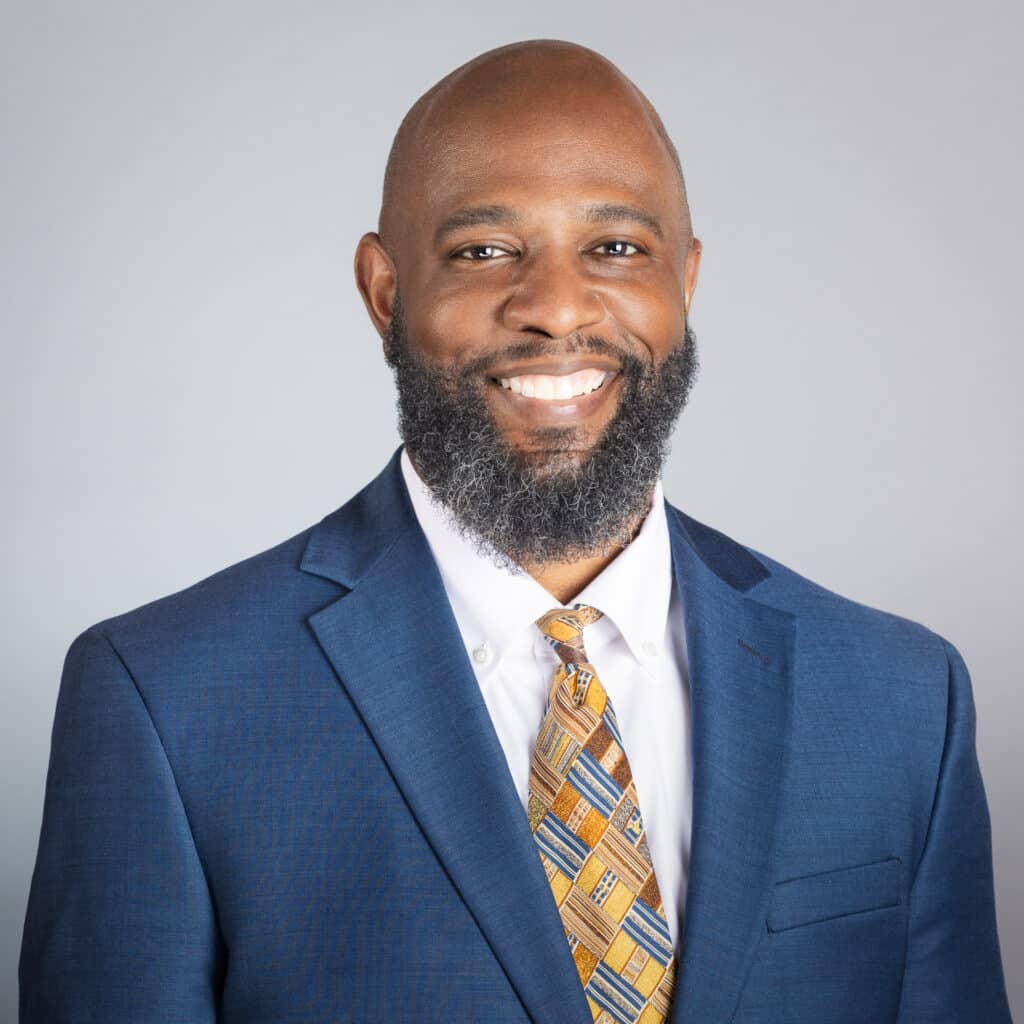
1984
by George Orwell
The new audio drama of George Orwell’s 1984 on Audible is nothing short of phenomenal. With a full cast of film stars and sound effects in stereo, you’ll feel like you’re actually in Oceania, being watched by Big Brother.
— Jill Tew, local author of the forthcoming young adult dystopian novel The Dividing Sky
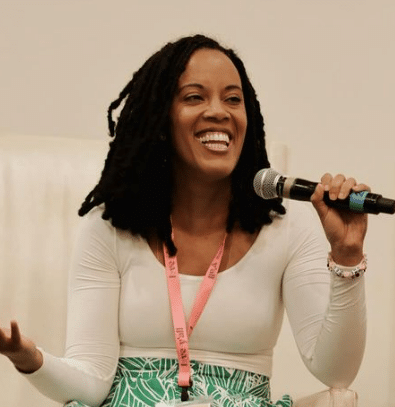
Enter Ghost
by Isabella Hammad
I recently read this and loved the writing. The author plays around with formatting between narrating the story and switching to the format of a play to show the dynamics between characters.
— Ruwa Romman, Georgia State Representative
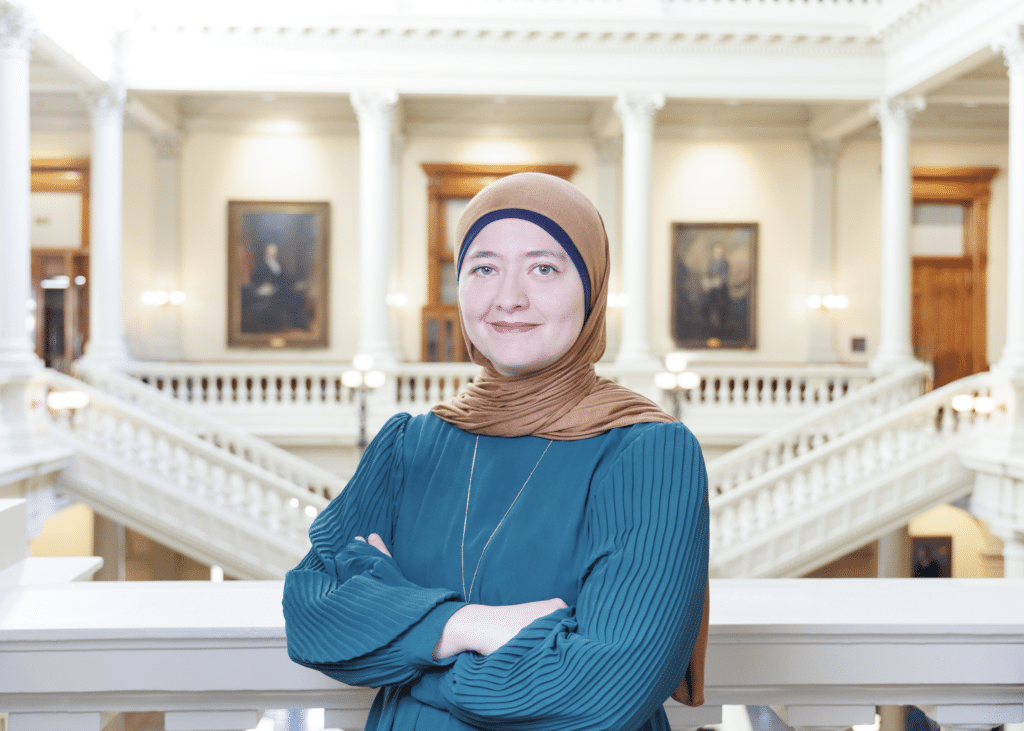
Seeing Eye Girl
by Beverly Armento
Beverly Armento’s account of her life in Seeing Eye Girl is truly remarkable. I was captivated by her story of resilience, strength and, ultimately, forgiveness.
— Erin Griffin, Norcross High School Foundation for Excellence Co-President
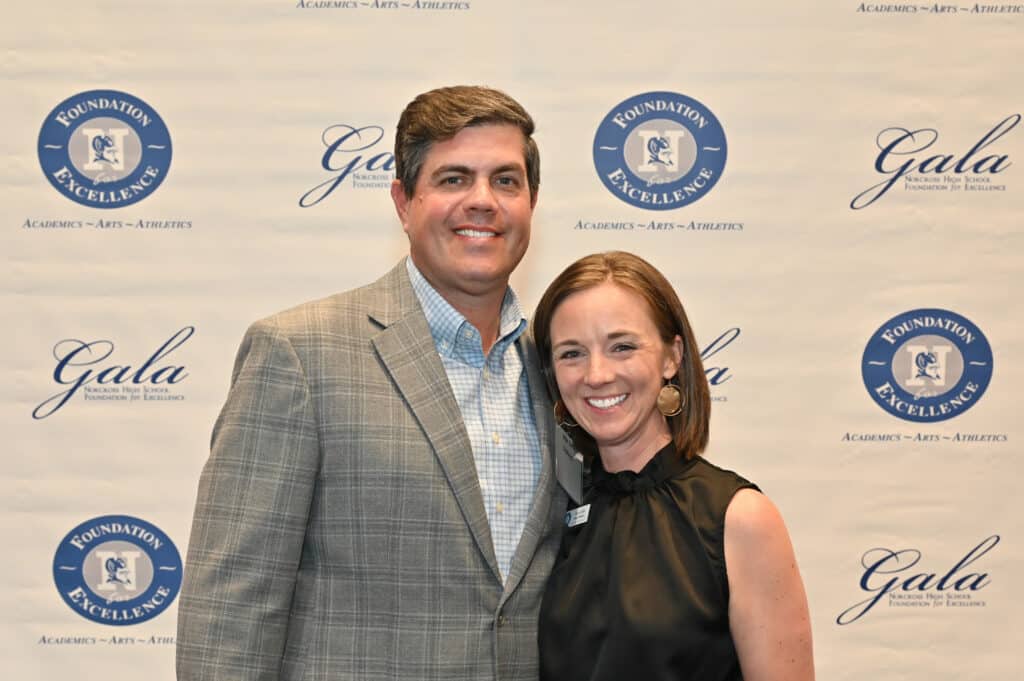
Never Enough: When Achievement Pressure Becomes Toxic – And What We Can Do About It
by Jennifer B. Wallace
This book presents research on how to raise healthy, joyful achievers in a hyper-competitive world. The author was a guest speaker at Greater Atlanta Christian’s (GAC) Parent Partnership Series this year, and we heard about the importance of children knowing that their intrinsic self-worth is not contingent solely upon external achievements.
The Anxious Generation
by Jonathan Haidt
Discover the root causes behind the epidemic of today’s teen mental illness. With compelling data, Jonathan Haidt unveils the decline of play-based childhood and offers practical solutions for a healthier, more fulfilling upbringing. We have asked GAC faculty to add this to their personal summer reading list.
— Dr. Scott Harsh, President of Greater Atlanta Christian School
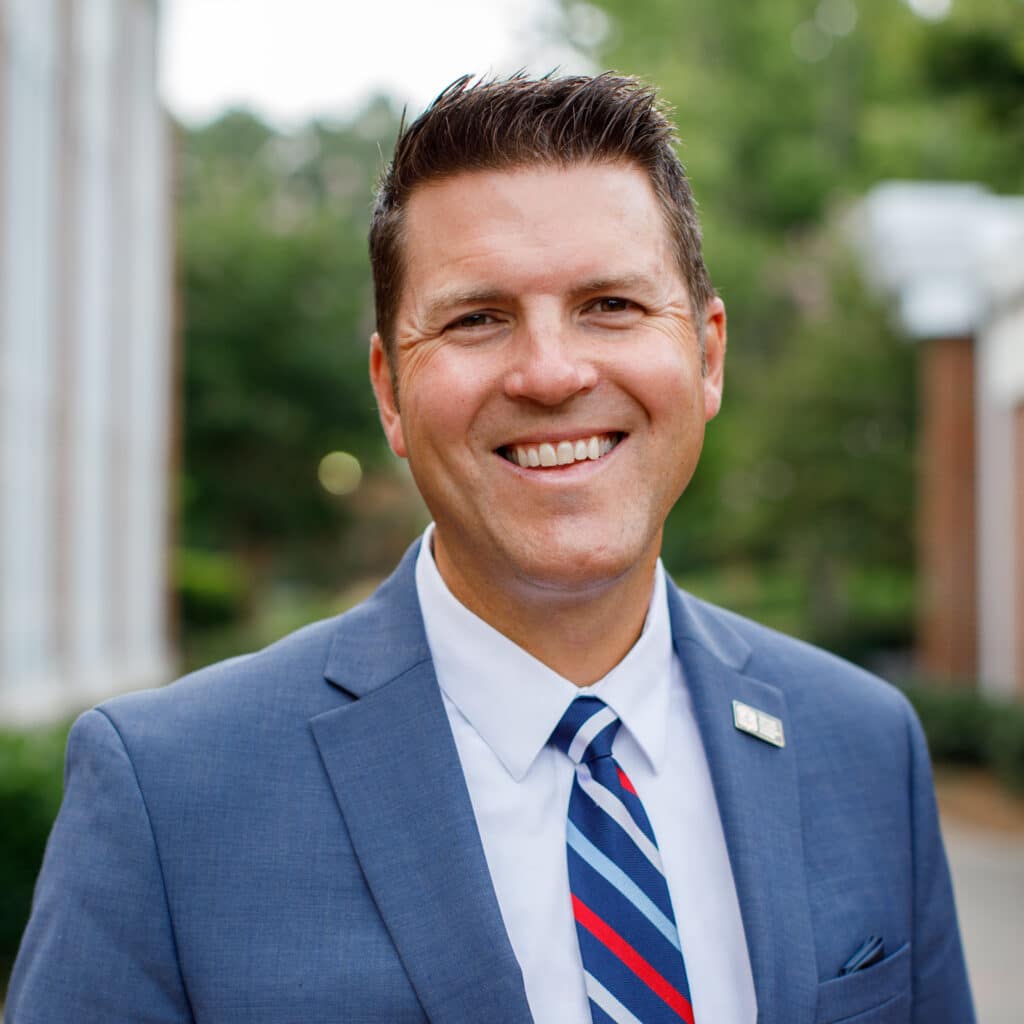
Glad You’re Here
by Craig Cooper and Walker Hayes
Glad You’re Here tells the true, redemptive story of country music singer Walker Hayes and his unlikely friendship with pastor Craig Cooper. In alternating chapters, each individual shares their unique perspective on pivotal moments in their friendship, and the book reminded me to prioritize the patient and persistent cultivation of community.
— Ann Cousins, Communications Director and Wesleyan School
The Boredom Experiment
Listen on Apple Podcasts
The Boredom Experiment, hosted by Jeremy and Ashley Parsons, is a short, heartfelt podcast series that documents and explores the effect of removing digital distractions and social media from their family’s lives for a year.
Over eight episodes, they share their experiences and insights into how this experiment impacts their creativity, relationships and overall well-being. The Parson’s storytelling thoughtfully weaves together interviews, music and their musings in such a creative, personal way that makes it an absolute delight to listen to.
The 1000 Hours Outside Podcast
Listen on Apple Podcasts, Spotify and Youtube
Digital Minimalism
by Cal Newport
Digital Minimalism advocates for a thoughtful and intentional approach to technology use. Newport argues that constant connectivity and digital distractions hinder productivity and well-being and encourages individuals to choose tools and habits that align with their values and long-term goals. In a digitally crowded world, this book was a needed reminder to be intentional with my time and strategic with how I use technology.
— Natalie Dettman, Creative Director at Wesleyan School
Sideline C.E.O.
by Marty Smith
While on this surface this book offers great wisdom from some of the most successful coaches of our time, it also provides a behind-the-scenes look at the lives of many people we admire.
From learning about Greg Sankey figuring out how to lead the SEC through Covid as he sat on his front porch to Mack Brown processing through how to lead his football team through racial tensions at UNC, you realize that these men [and women] are normal human beings that face the same difficult choices as the rest of us.
Not to mention, Marty Smith captures the lives and insight of these coaches in a fun, compelling way!
Practicing the Way
by John Mark Comer
New Kid
by Jerry Craft
Where Do We Go from Here
by Martin Luther King Jr.
— Joseph Antonio, Middle School Principal at Wesleyan School
West with Giraffes
by Linda Rutledge
This is lightly based on a true story. It is the story of moving giraffes who survived a hurricane, were rescued in the Atlantic, and were carried cross-country to the San Diego Zoo. It is well-written, and the character development is fantastic.
Crossing the country with two giraffes during the Depression created excitement in all the small struggling areas. The joy of those who had never dreamed of seeing a giraffe in real life will bring joy to anyone reading this book.
Housewives of True Crime
Listen on Apple Podcasts and Youtube
Moms and Mysteries
Listen on Apple Podcasts, iHeart Radio and Spotify
Southern Fried Crime
Listen on Apple Podcasts and Youtube
Wiser than Me with Julia Louis-Dreyfus
Listen wherever you get your podcasts
— Nancy Minor, The Nancy Minor Team
The Women
by Kristen Hannah.
A great read about the Army nurses in Vietnam.
— Laurie Rogers, The Nancy Minor Team
In The Woods
by Tana French
This book is a real page-turner. The author is a gifted writer, so even though it is a crime thriller, it reads like a novel. There are six books in the series, and I have read all of them.
Casefiles
Listen on Apple Podcasts and Spotify
This is a true crime podcast that has been around for several years. The stories are detailed and very interesting and cases are examined from all over the world.
— Shameka Allen, MBA, MA, CEO of Good Samaritan Health Centers of Gwinnett
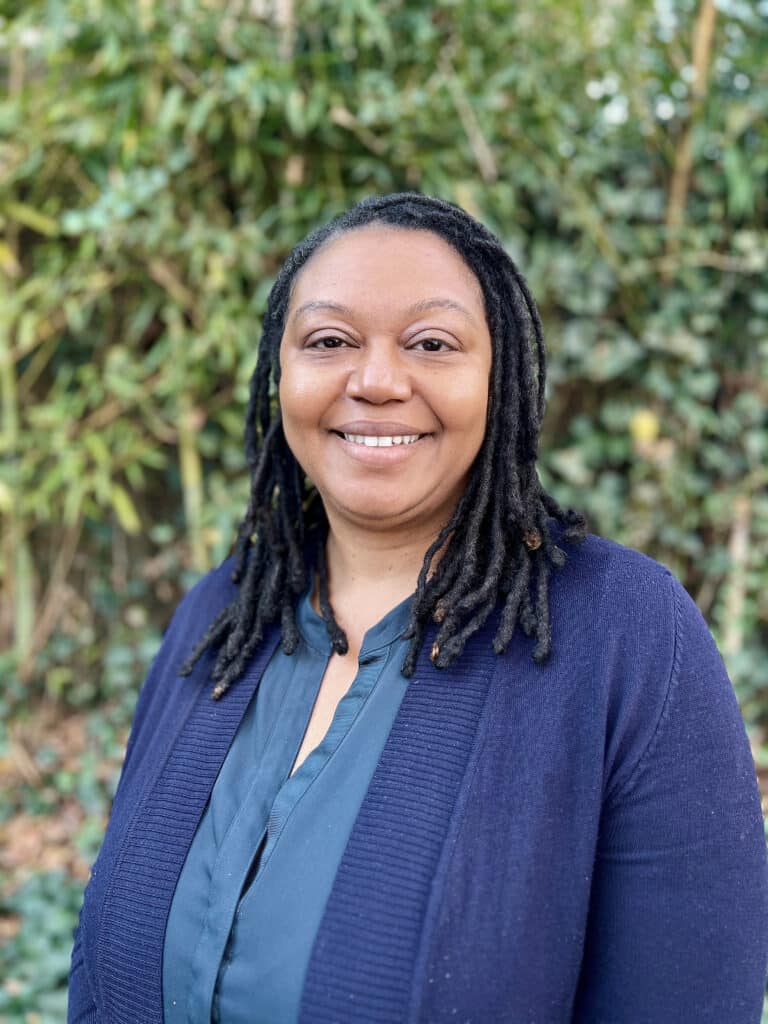
Over the Edge of the World
by Laurence Bergreen
Over the Edge of the World is a captivating account of Magellan’s expedition around the world. We all know Magellan’s name but few of us know the rich details behind the adventure and how it unfolded. I was inspired by the courage and bravery of those who took part in the great Age of Exploration.
Arrested Development
Stream on Netflix
This is easily one of our favorite shows. My wife, Meredith, and I have watched and re-watched it so many times and still find it so hilariously funny. The show blends clever writing with quirky characters and intricate, running gags. There’s always money in the Banana Stand!
Dr. Death
Listen on Apple Podcasts, Spotify and Wondery
This gripping true-crime podcast explores the shocking story of a dangerous surgeon. It’s a must-listen for its compelling narrative, deep investigative journalism and critical insights into medical malpractice and systemic failures. The podcast has since been made into a limited streaming TV series.
— Scott Hilton, Georgia State Representative
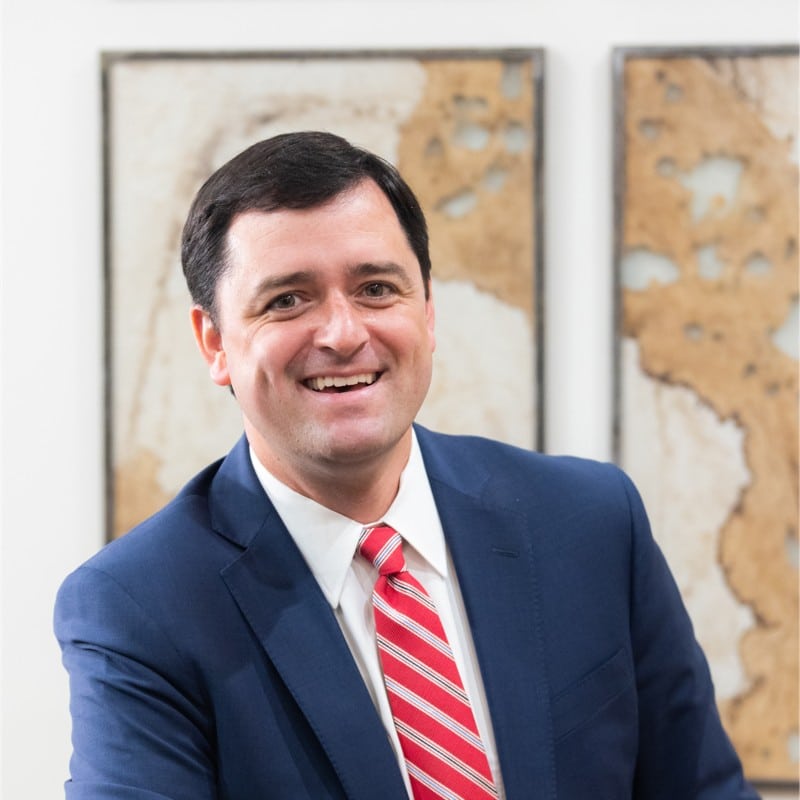
Sleep Wrecked Kids
by Sharon Moore
This book explains how inadequate sleep affects children’s growth, development and learning. This is a great guide to creating better sleep routines.
Healthy Sleep Happy Kid
by Meghna Dassani
This quick, easy read offers valuable insights into how sleep impacts a child’s health. It provides practical tips for improving your child’s sleep environment and habits and is a go-to resource for parents aiming to enhance their child’s sleep and overall wellness.
I can’t overstate the importance of good sleep habits for the overall well-being of your child and the entire household. Quality sleep is the foundation for happy, healthy kids and stress-free parents, setting the stage for the best possible summer with your family.
— Dr. Gia Grannum, Board Certified Pediatric Dentist of Agape Pediatric Dentistry
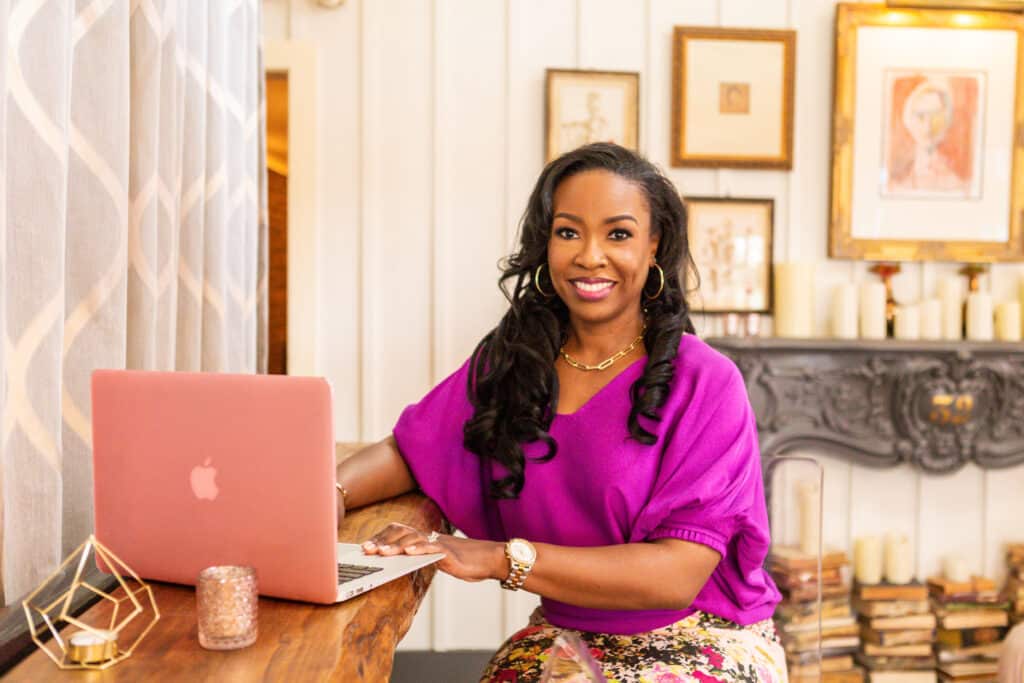
The Measure
by Nikki Erlick
I recommend The Measure by Nikki Erlick, which is about to come out in paperback! It’s a great pick for summer reading or a book club!
Poured Over, the Barnes & Noble Podcast
Stream on the Barnes & Noble website and Apple Podcasts
Check out the Poured Over podcast for interviews with your favorite authors, book recommendations for your TBR pile and more.
— Amanda Couch, Assistant Manager at Barnes & Noble at The Forum
Want even more recommendations? Check out last year’s list here.
Related
Read the Digital Edition
Subscribe
Keep Up With Peachtree Corners News
Join our mailing list to receive the latest news and updates from our team.
You have Successfully Subscribed!

What’s going on at Jones Bridge Park and the Challenges of Urban Development

Taste of Peachtree Corners: PCBA Showcases Local Restaurants

The Forum Gives Sneak Peek of New Eateries and Community Spaces

Southwest Gwinnett Mayors Share Visions for the Future

8 Events Happening In and Around Peachtree Corners This August

Peachtree Corners Shines Bright with Light Up the Corners Glow Race this August

Peachtree Corners Shines Bright with Light Up the Corners Glow Race this August

The Forum Gives Sneak Peek of New Eateries and Community Spaces

8 Events Happening In and Around Peachtree Corners This August

Southwest Gwinnett Mayors Share Visions for the Future

Taste of Peachtree Corners: PCBA Showcases Local Restaurants

What’s going on at Jones Bridge Park and the Challenges of Urban Development

Local Resident Opens AtWork Location in Peachtree Corners

CHRIS 180 Expands its Services into Gwinnett County [Podcast]

Light up the Corners [Video]

Capitalist Sage: Business Leadership in Your Community [Podcast]

Cliff Bramble: A Culinary Adventure through Italy

Top 10 Brunch Places in Gwinnett County

A Hunger for Hospitality

THE CORNERS EPISODE 3 – BLAXICAN PART 1

Top 10 Indoor Things To Do This Winter

The ED Hour: What it takes to Remove Barriers from Education
Peachtree Corners Life
Topics and Categories
Trending
-
Business1 week ago
Taste of Peachtree Corners: PCBA Showcases Local Restaurants
-
Business2 days ago
The Forum Gives Sneak Peek of New Eateries and Community Spaces
-
City Government4 days ago
Southwest Gwinnett Mayors Share Visions for the Future
-
Around Atlanta4 days ago
8 Events Happening In and Around Peachtree Corners This August



